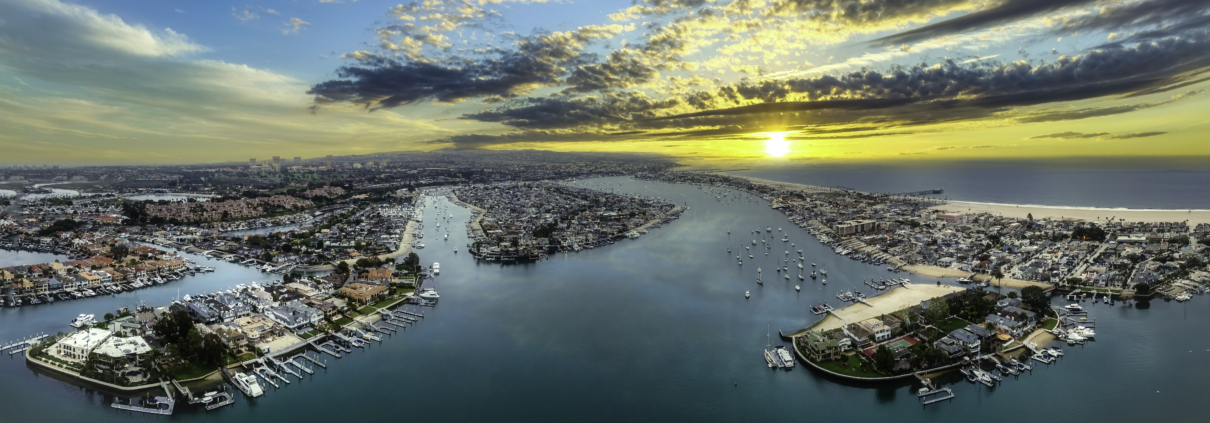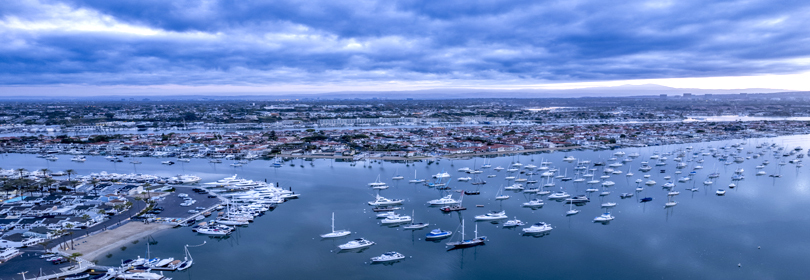Welcome to a New Year which takes me back to The Who song, “Won’t Get Fooled Again,” whose message is summarized in the last line, “Meet the new boss, same as the old boss” and its meaning is “nothing changes and so don’t get fooled again.” Which is a very confusing way to report on what’s going on in the harbor this first month of 2024. So let me backtrack before throwing a few soft punches.
I ended last week by walking through Basin Shipyard and took a moment to talk to owners Dereck and Dave New. As always this time of year, the yard is packed with Dave reporting that they are two months out. So, if you own a boat with outboards or Pod drives, you better call now and book your annual maintenance to be ready for the spring/summer boating season. The yard was full of new Tiara products, but I’m sure there were many other makes of yachts in the yard, yet the pretty ones always grab my attention first.
Q: From a distance it seemed like a quiet year, no oil spills, tsunamis, down aircraft. So what did I miss?
A: There were a couple of severe weather (wind and rain) events this year. We revived the technology we use to notify mooring permittees of approaching weather and urge them to verify their mooring equipment and lines to ensure all are secure. You may recall, there was considerable attention and communication in anticipation of Hurricane Hilary arriving in August. One other of the severe weather events was a strong Santa Ana which stresses the mooring equipment from a different direction than usual, so we have significant concern about boats staying in place when faced with unusual conditions. All in all, things were fine and we greatly appreciated everyone’s preparedness in the face of these severe events.


